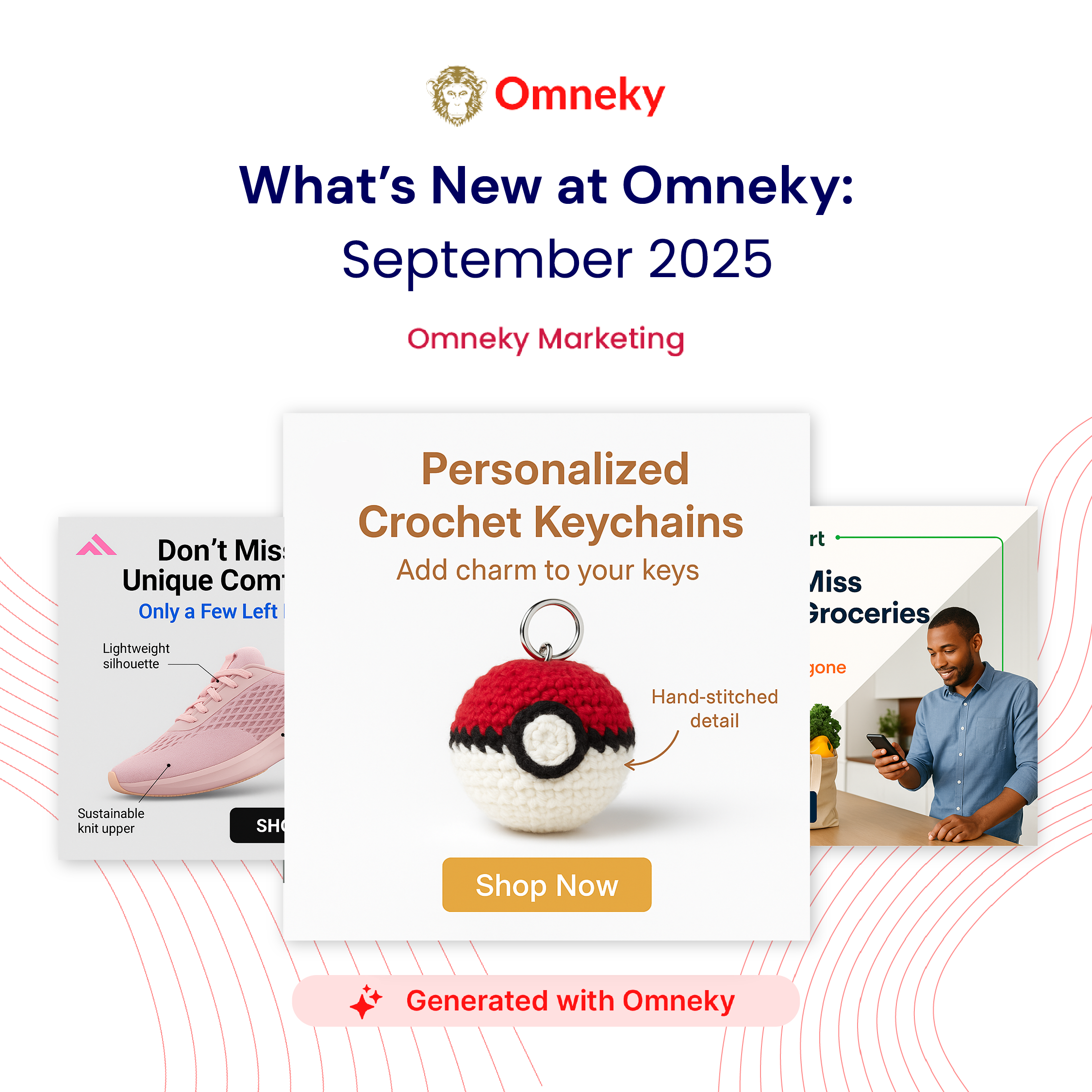From Feed to Ad: How Organic Content Becomes Top-Performing Campaigns
The best ads often start as authentic moments. Learn how everyday posts can be adapted into creative that performs across Meta and TikTok.

The best ads often start as authentic moments. Learn how everyday posts can be adapted into creative that performs across Meta and TikTok.
Creators and small businesses often underestimate the value of their organic content. Every Instagram Reel, TikTok clip, or user-generated post that resonates with your audience carries the potential to become a high-performing ad. The challenge is turning these authentic moments into scalable, conversion-focused campaigns without hiring a large marketing team.
By analyzing your existing content, you can identify which posts naturally connect with your audience. Looking at engagement patterns, watch time, and audience reactions reveals which content is likely to perform as paid ads. This process allows small brands and creators to leverage the assets they already have, transforming them into ad-ready creative that drives results.
Why Organic Content Works for Ads
Organic posts succeed because they are authentic. Audiences engage with content that feels real and relatable rather than polished or overly produced. Repurposing content for advertising allows brands to enhance its impact while preserving the voice and tone that audiences already love.
Some examples include:
- A TikTok showing a product in everyday use can be adapted into multiple ad variations for Meta, each personalized for a different target audience segment.
- An Instagram Story featuring a customer testimonial can become a carousel ad highlighting multiple product features.
- User-generated videos can be resized, retimed, and optimized for TikTok, Meta, and other digital platforms to maximize reach and engagement.
How to Maintain Brand Consistency
Scaling creative often risks losing brand identity. Integrating brand guidelines into every creative output—fonts, colors, logos, and messaging—ensures campaigns remain consistent, even when producing multiple variations for testing.
Examples of Success
Several small businesses have turned organic content into paid ads successfully:
- DTC brands have used TikTok videos recorded by real customers to drive Meta campaigns, increasing conversion rates by 25–40%.
- Beauty and lifestyle creators have repurposed tutorial clips into carousel ads for Instagram, reducing production costs while maintaining high engagement.
- E-commerce brands with limited marketing teams have scaled campaigns three times faster by repurposing content already performing organically.
Key Benefits for Small Businesses and Creators
- Save Time and Resources: Avoid hiring a full marketing team to produce multiple ad variations.
- Scale Creative Easily: Repurpose existing content into dozens of ad-ready formats quickly.
- Preserve Authenticity: Keep the voice and tone that your audience already loves.
- Maximize ROI: Increase conversions by promoting content that has already proven to engage your audience.
Best Practices for Turning Organic Content into Ads
- Track metrics like engagement, watch time, and comments to identify high-potential content.
- Generate multiple ad variations for testing across different platforms.
- Always maintain brand voice, even when adapting content for different ad formats.
- A/B test creative variations to identify what works best for specific audiences.
- Continuously iterate based on performance data to improve campaigns over time.
Conclusion
Your organic content is already a powerful marketing asset. By identifying, adapting, and optimizing what resonates, creators and small businesses can launch high-performing ads without expanding their teams. With the right strategy, moments your audience already loves can become campaigns that drive measurable results.

.png)

